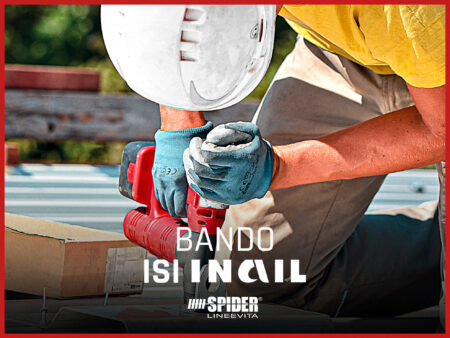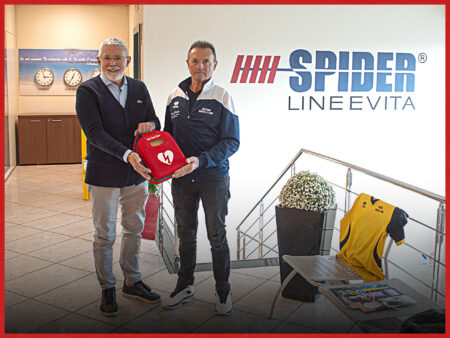
When a worker is performing a task at height and falls, it is true that he is caught in his harness, but unfortunately the danger does not end there. The blood circulation of the fallen worker is restricted, causing a condition known as suspension trauma.
There is an ongoing debate in the fall protection industry about the level of risk from suspension trauma. Although there is limited scientific research directly focused on suspension trauma, there is sufficient knowledge of the physiology of the body to illustrate that this condition can be fatal.
WHAT DOES IT CONSIST OF?
One of the methods of protecting a worker at height from a fall is fall arrest. In this case you have personal protection equipment (PPE) such as a harness and an attached lanyard that is used to connect a worker to an anchorage point.
With this very useful piece of gear, the worker is prevented from hitting the ground. The problem, however, starts to develop right here, namely when the stopped worker is still suspended from the fall arrest harness. During this period of suspension, the most subtle and sinister danger begins to creep in: suspension trauma.
As INAIL explains perfectly, we are witnessing a Harness Syndrome (or inert suspension of the body); i.e. “following a fall, when you remain suspended from the fall arrest system, within a few minutes you may experience this particular pathology. What happens is that the leg loops of the fall arrest harness crush the femoral arteries inside the legs, cutting off the blood circulation. As a result, blood is sequestered in the lower limbs, leading to decreased venous return to the heart, cardiovascular collapse, cardiac arrest and death.”
HOW CAN SUSPENSION TRAUMA BE AVOIDED?
Fortunately, there is a simple solution to protect yourself from suspension trauma: personal protective equipment known as trauma straps. Trauma straps are a pair of straps, one with hooks and the other with rings for the hooks to attach to. They are rolled up in bags and attached to the fall arrest harness at the hips. When a worker falls and stops, he rolls the straps, hooks them together and supports his weight against the straps. This allows the fallen worker to stand up in his fall arrest harness, using his leg muscles, taking weight off his arteries and restoring blood circulation until help arrives. For this reason, it is important to have anti-trauma straps on all fall arrest harnesses. Unfortunately, some workers find that hip bags obstruct tool bags or other equipment and therefore remove the trauma straps.
FIRST AID REMAINS CRUCIAL
If a worker falls and the force of the impact is great enough, the worker may faint. In this case, the worker will not be able to deploy the trauma straps and will be left hanging in the harness, without leg support, until help arrives. For this reason, it is important to have a rescue plan in place.
TO CONCLUDE
Suspension trauma is a serious risk for workers at height. And as described in the previous section, the physiological response to the known symptoms of suspension trauma confirms that this risk can be lethal. However, simple measures can be taken to mitigate the risk of suspension trauma, including trauma straps on all fall protection equipment, a fall protection plan for all work at height that includes a rescue plan, and training on the risks of using fall protection equipment.
With a better understanding of what suspension trauma is and how it affects the body, we can better plan for the risks and continue to improve the safety of our work.
If you need more information about the field of occupational safety, then you can find more articles on our website www.spiderlineevita.it.
And if you need any advice, don’t hesitate to contact us!
Number +39 0363 998 040 E-Mail progettazione@lineevita.it
Translated with www.DeepL.com/Translator (free version)
 Agevolazioni
Agevolazioni
 Events
Events